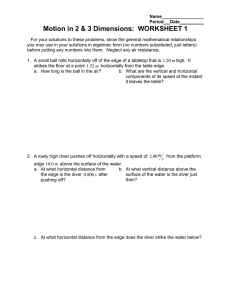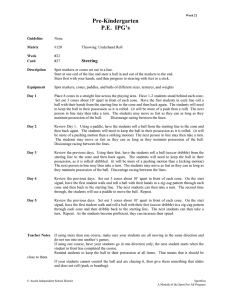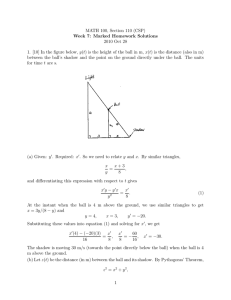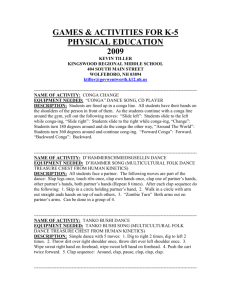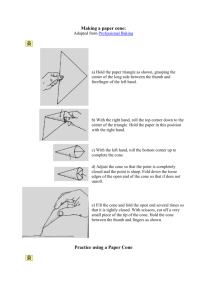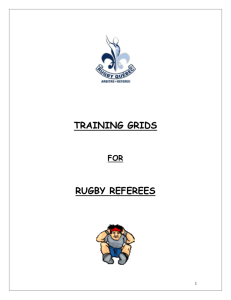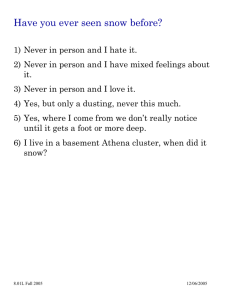Movement - Center for Learning in Action
advertisement
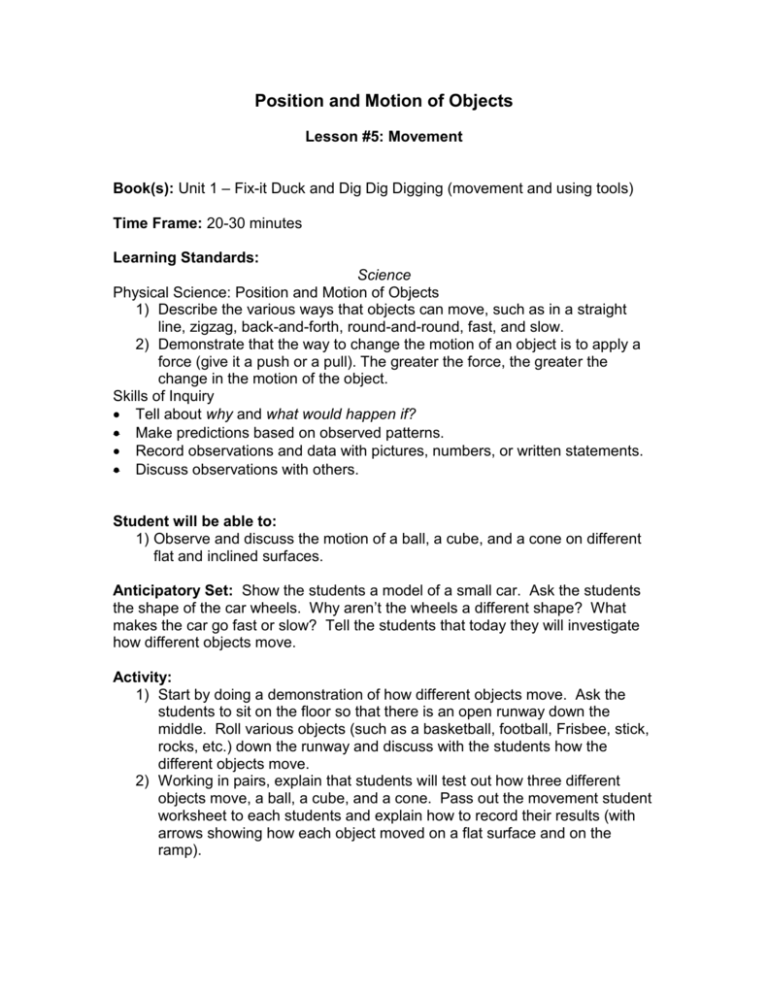
Position and Motion of Objects Lesson #5: Movement Book(s): Unit 1 – Fix-it Duck and Dig Dig Digging (movement and using tools) Time Frame: 20-30 minutes Learning Standards: Science Physical Science: Position and Motion of Objects 1) Describe the various ways that objects can move, such as in a straight line, zigzag, back-and-forth, round-and-round, fast, and slow. 2) Demonstrate that the way to change the motion of an object is to apply a force (give it a push or a pull). The greater the force, the greater the change in the motion of the object. Skills of Inquiry Tell about why and what would happen if? Make predictions based on observed patterns. Record observations and data with pictures, numbers, or written statements. Discuss observations with others. Student will be able to: 1) Observe and discuss the motion of a ball, a cube, and a cone on different flat and inclined surfaces. Anticipatory Set: Show the students a model of a small car. Ask the students the shape of the car wheels. Why aren’t the wheels a different shape? What makes the car go fast or slow? Tell the students that today they will investigate how different objects move. Activity: 1) Start by doing a demonstration of how different objects move. Ask the students to sit on the floor so that there is an open runway down the middle. Roll various objects (such as a basketball, football, Frisbee, stick, rocks, etc.) down the runway and discuss with the students how the different objects move. 2) Working in pairs, explain that students will test out how three different objects move, a ball, a cube, and a cone. Pass out the movement student worksheet to each students and explain how to record their results (with arrows showing how each object moved on a flat surface and on the ramp). a) First, students will roll the ball across the table and draw a picture of what happens. Students will repeat this with the cube and the cone. Students will record their results on the worksheet. b) Then, ask students to predict what will happen if the objects are placed on an incline. Students will let go of the objects at the top of the incline and then draw a picture of what happens. Discuss the differences between how the objects moved across the table and how they moved down the ramp. Students will record their results on the worksheet. c) Get ideas from the students about what else they would like to test. Students may try dropping the objects off of the table or trying to roll the objects on carpet instead of a smooth surface. Discuss the results of all the experiments with the class. Closure: Discuss the motion of objects as a class. Which object rolled in a straight line? Why? What made the ball go faster or slower across the table? How did the cone move? Why? Why are tires circles instead of squares? Assessment: Participation in class discussions and activities, drawings and observations of moving objects Resources and Materials: Model car, balls and objects (such as balls of different shapes, Frisbee, rock, stick, etc. – bring from campus or get from the elementary school), Movement student worksheet, geometric shapes (ball, cube, cone), and ramps


